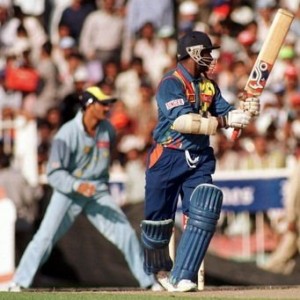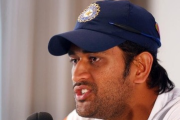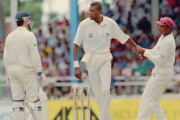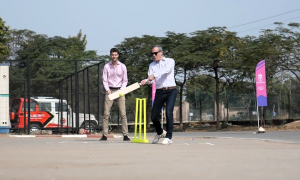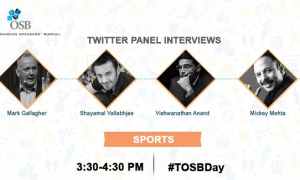The field restrictions were merely an appointment kept rather than a license to play freely until Jayasuriya and Kaluwitharana refined them by clearing the infield consistently in world cup 1996. Thanks to the innovative thinking of Dav Whatmore, the field restrictions obtained a new dimension in ODI cricket.
One day cricket was looked upon with a different frame of mind with the players trying to milk the field restrictions and making the most of it as opposed to preserving wickets and going for it later in the innings. Their strategies were pretty simple. Clear the in-field as consistently as possible and make the most of the field restrictions. As with the case of many worked ideas, there were followers too who endorsed the approach like Adam Gilchrist, Shahid Afridi, Virender Sehwag, Brendon Mccullum etc.
Their approach proved to the eworld that aggressive batting is not necessarily thumping the cricket ball yet obtaining as good a result, if not better than hard hitting. By doing so, they not only took advantage of the mandatory restrictions imposed, but also upset the rhythm of the bowler and exhaust and frustrate the fielders who keep losing the race to the ball while chasing it. The added advantage was that the batsmen weren’t influenced by the fatigue during the game and continued to bat for long.
In the revised system that was introduced in 2005, two power plays were introduced after mandatory 10 overs of Powerplay at the start of the innings, both of which were chosen by the bowling team and hence the name ‘Bowling Power-Play’. In the mandatory Powerplay there were two fielders outside the circle while in the Bowling Powerplay three were allowed. As the bowling captain didn’t want settled batsman for the Powerplay his choice was to have it between 10 and 23/24 more often.
The game in which South Africa chased down a target of 434 against could lay a deserving emphasis on the Powerplay overs. The idea was to use it after a settled batsman in Graeme Smith was dismissed. Australia didn’t expect Gibbs to go ‘so wild’ as the big man with strong muscles opted to stay in the crease and hit it around the park as opposed to rotate the strike and take singles. Some gambles work while some others don’t and thankfully for South Africa at that stage the gamble did pay off as the team scored around 65 runs in that span of five overs. And the team never looked back. This just goes to prove how the Powerplay could give a team the momentum needed!
With the rules again being revised now, the batting team has claimed a share in calling for the Powerplay. The rule-list which had the batsman alone in the beneficiary’s column, this added to the peril of bowlers.
Yet sadly for cricket lovers the captains of the batting team haven’t been sagacious in their choice of Powerplay.
(Continued tomorrow: The Choice of Powerplay is Crucial)
Tags: Cricket, Field Restrictions, ODI Cricket, Powerplay, Romesh Kaluwitharana, Sanath Jayasuriya, Strategy, World Cup, World Cup 1996

